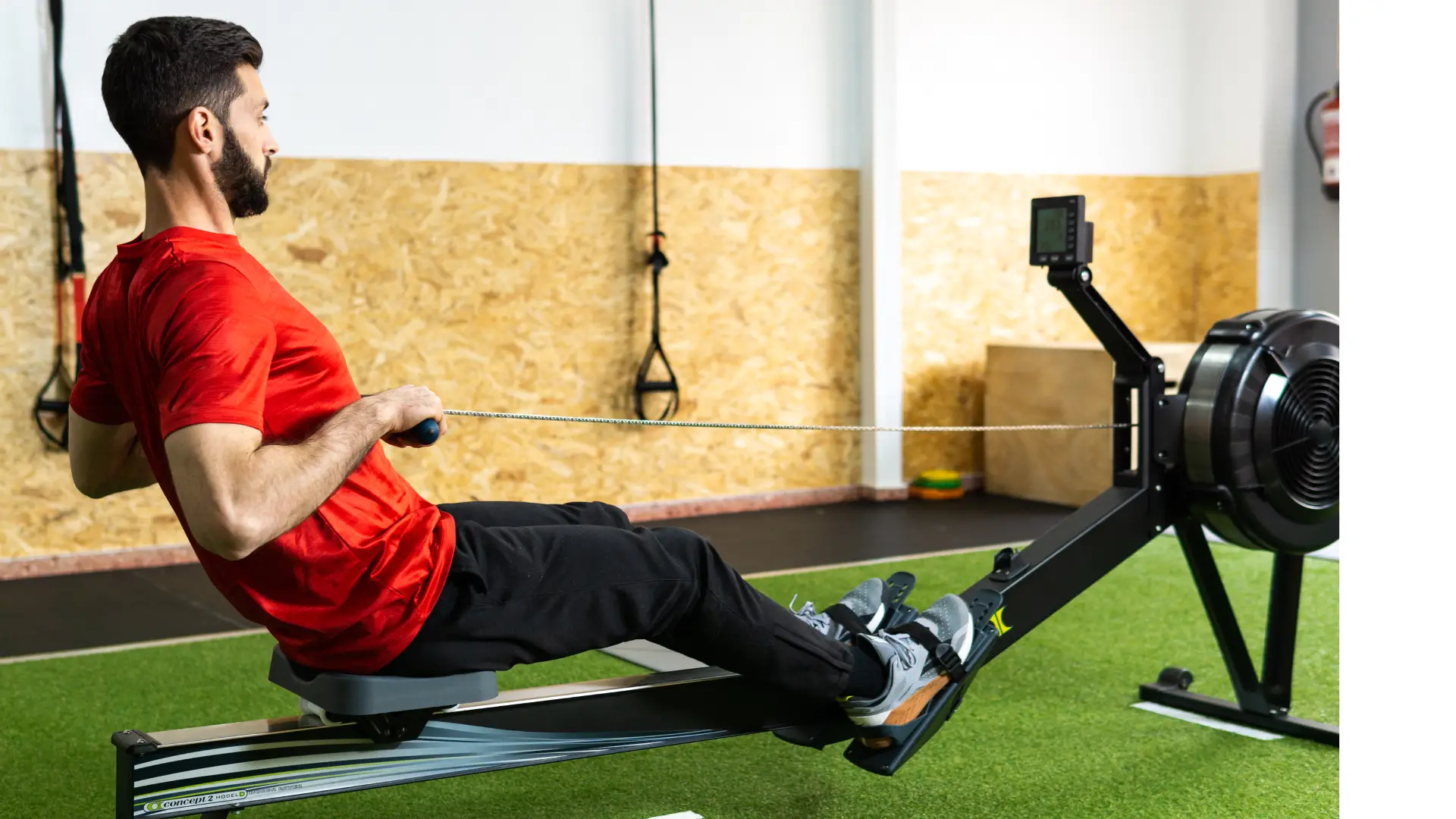Introduction
When I bought my first rowing machine, I thought they were all basically the same. Pull the handle, sweat a bit, burn some calories.
But after trying three different machines, one magnetic, one air, and one water, I realized how much the resistance type actually affects the entire workout experience. It changes the intensity, rhythm, noise level, and even how long you stay motivated to use it.
If you’re deciding between magnetic, air, or water rowers, this post breaks down how each one impacts your performance so you can find the best fit for your fitness goals.
What Does “Resistance Type” Actually Mean?
In rowing machines, resistance is what makes each stroke challenging. It’s what you’re working against every time you pull. The machine creates resistance in different ways depending on the mechanism it uses, and each one feels very different.
Magnetic Rowers: Smooth and Silent
Magnetic rowers use magnets and a flywheel to create tension. You can adjust the resistance using a dial or digital screen.
Performance Impact:
- Consistent Resistance regardless of stroke speed
- Quiet and smooth, ideal for early mornings or shared spaces
- Beginner-friendly, especially for steady cardio or interval training
🔗 Related: Best Rowing Machines Under $500
Air Rowers: Dynamic and Intense
Air rowers use a fan to create resistance. The harder you row, the more resistance you feel.
Performance Impact:
- Variable Resistance: adapts to your power
- Great for HIIT workouts or athletic training
- Louder than magnetic models
🔗 Compare all three in: Magnetic vs. Air vs. Water Rowing Machines
Water Rowers: Natural and Rhythmic
Water rowers mimic the feel of rowing on actual water using a flywheel in a water tank.
Performance Impact:
- Smooth, flowing stroke that feels realistic
- Soothing water sound that many users find motivating
- Slightly bulkier and heavier, but beautiful and durable
Which Resistance Type Is Best for Fat Loss?
- Magnetic rowers are great for focused, long sessions and structured workouts
- Air and water rowers encourage higher effort, leading to more calories burned per minute
📌 Related Reading: How Long Should You Row to Burn Fat?
Summary Table
| Fitness Goal | Best Resistance Type |
|---|---|
| Quiet, steady workouts | Magnetic |
| High-intensity training | Air |
| Realistic and smooth feel | Water |
| Apartment or small space use | Magnetic |
| Beginners | Magnetic |
| Motivation through rhythm | Water |
Final Thoughts
The resistance type you choose will shape your rowing experience, from how it feels to how it fits your lifestyle.
I started with a magnetic rower because I wanted something quiet and low-maintenance. Later, I tried air and water models and noticed how differently they pushed me.
Whatever you choose, make sure it matches your space, your goals, and your routine.
📖 Need help deciding? Check out:
🔗 Magnetic vs. Air vs. Water Rowing Machines: Which Should You Choose?
Frequently Asked Questions
What resistance type is best for beginners?
Magnetic rowers are typically the best for beginners due to their smooth resistance, quiet operation, and ease of use.
Are water rowers harder to maintain?
Yes, water rowers require occasional water treatment and tank cleaning, but overall, they are durable and long-lasting.
Do air rowers burn more calories?
They can — because the resistance scales with your effort, you’re encouraged to row harder, which leads to greater calorie burn.
Which rower is best for small spaces?
Magnetic rowers are often compact and foldable, making them perfect for apartments or tight home setups.

